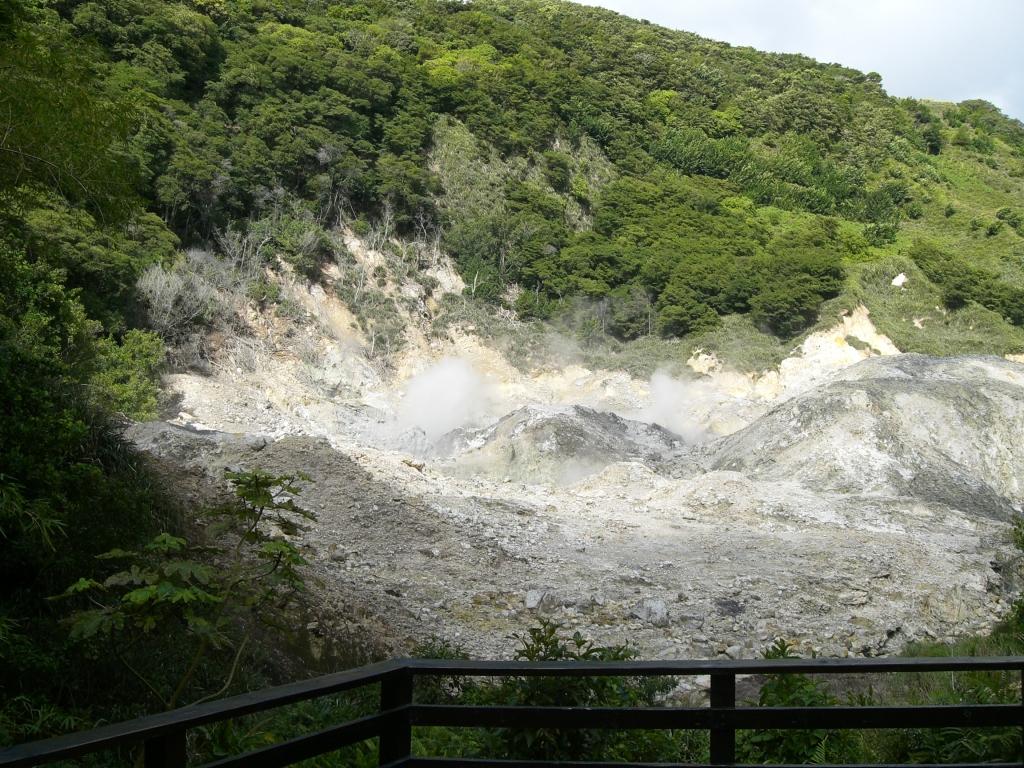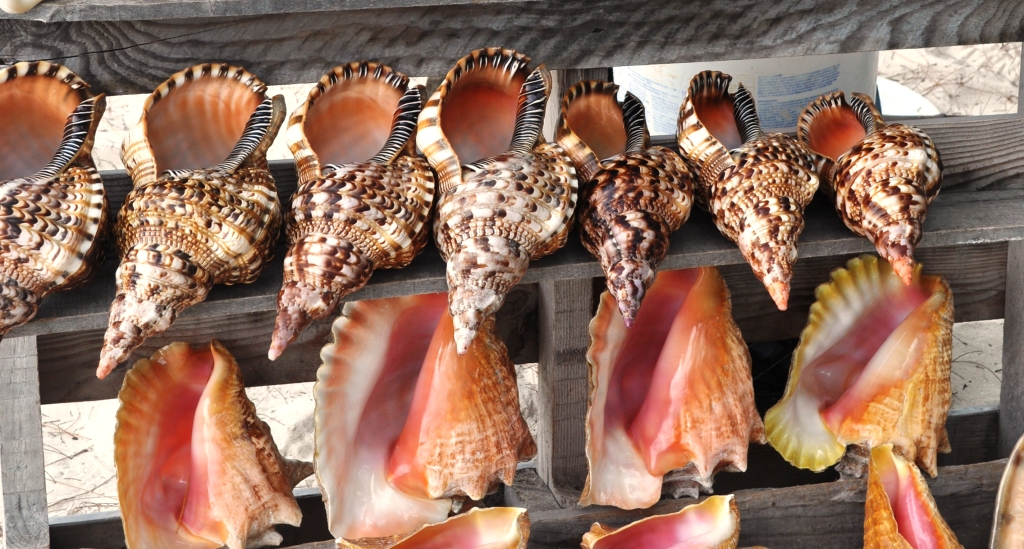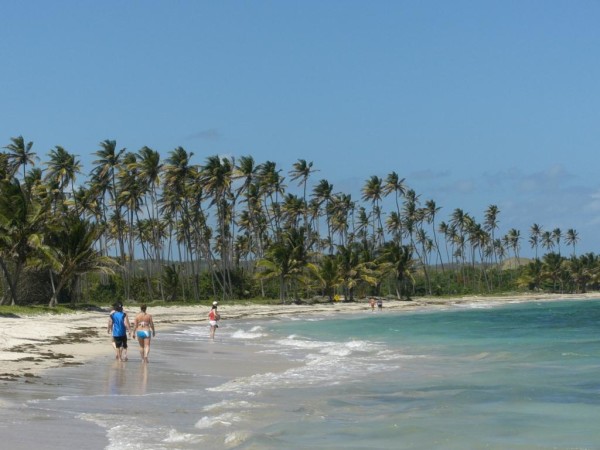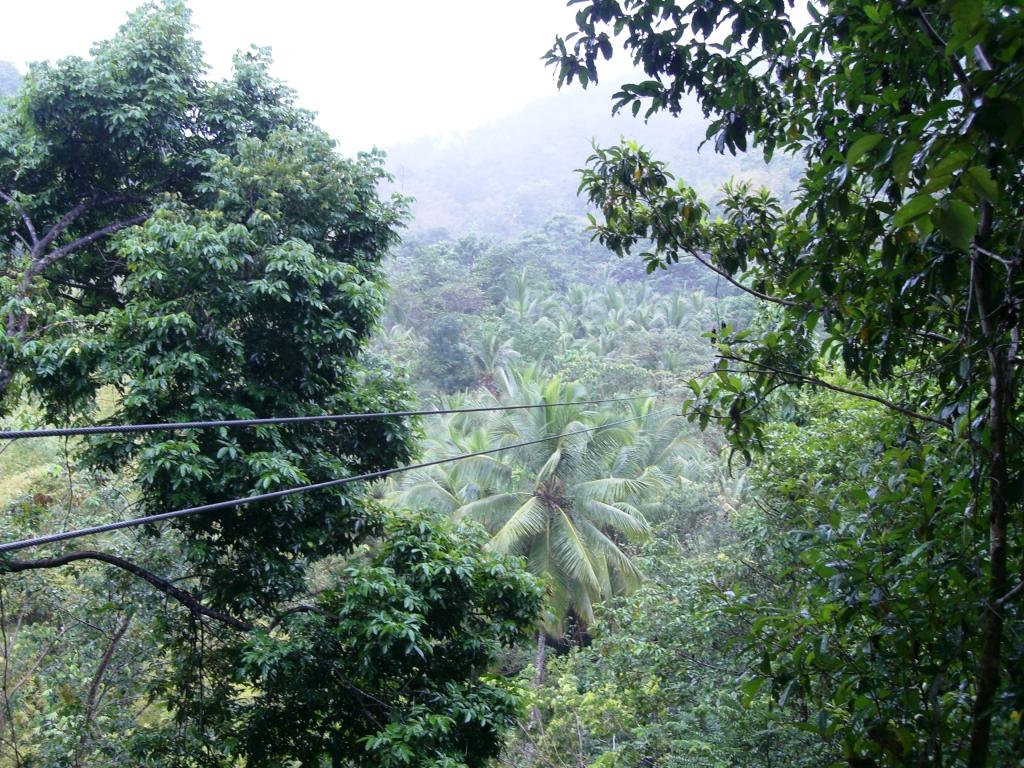Let’s get one thing straight: Sayin’ don’t make it so. The Caribbean country of St. Lucia is a mountainous landscape of volcanic origin, and near the southern end of the island, tourists can visit what is billed as “the world’s only drive-in volcano.” A short Internet search reveals that Hawaii claims a similar attraction: There is, it turns out, very little that is unique under the sun.
Maybe that’s picking nits, but it’s also worth noting that you’re not going to drive into something that looks like the classical cone atop Mt. Fuji and watch fire spit out at you (not really a safe scenario if you stop and think about it). The entire area is part of a collapsed caldera: You park at the edge, and get out to explore on foot. You’ll see a lot of steam and some bubbling mud and the occasional spitting geyser.
In Your Bucket Because…
- Hot mud baths are just what the doctor ordered.
- You’re a geology hound.
- Good for families and tourists doing a circuit of south St. Lucia’s major attractions.
Geysers of the Caribbean
Whatever you call it, it la Soufriere Volcano is perhaps the most accessible field of bubbling mudpots, simmering fumaroles, and sulfurous vents in the Caribbean, and it is one of the island’s best known attractions. It’s not quite as accessible as it used to be: After a guide was severely burned from a fall into the mudpots (he survived), walkways and fences were constructed to keep everyone a little safer. All for the best: Getting up close and personal with a volatile mountain is not such a good idea.
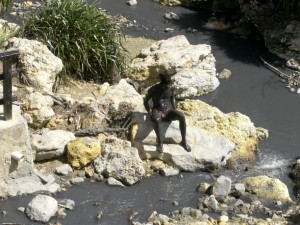
Also called the Sulfur Springs Volcano (the rotten egg smell is evident upon arrival), the volcano last erupted in about 1766. Guidebooks disagree about the volcano’s status. It is classified as “potentially active” by the Seismic Research Unit of the University of the West Indies, and it is closely monitored, as it has the potential to cause major damage if it erupts.
I’ll be honest: If you’ve visited major geothermal areas such as Wyoming’s Yellowstone National Park or the Big Island’s Volcanoes National Park, you’re not going to see much that impresses you here. However, no matter how dramatic — or not dramatic — a geothermal site is, it always seems to me to be worth the time to stand and listening to the earth rumbling. And if you haven’t got up close and personal with an angry earth before, this is worth certainly worth the stop.
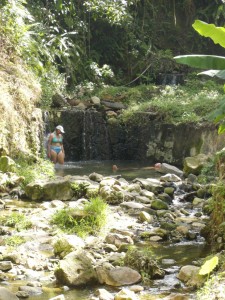
A guide will explain the basics, and then you can explore on your own, swim in some of the stream-fed pools, or join the locals who believe that bathing in the hot springs and mud baths has healthful effects for a variety of skin ailments and aches. So if you’ve just come off of, say, climbing one of the Pitons, you can test the theory by spreading the thick surfuous gray-brown paste of hot mud over your sore knees. (Showers are available to get rid of the muck when you’re done.)
Interestingly, the caldera itself is believed to be somehow connected to the Ocean, because the amount of seismic activity increases with the full moon and the attendant high tides.
Practicalities
- This makes a good part-day trip if you’re also visiting the nearby Botanical Gardens; it can also be bundled with visits to the Pitons and Soufriere.
- Bring a bathing suit if you think mud-bathing might float your boat.
Checked for accuracy and re-published in 2020.
